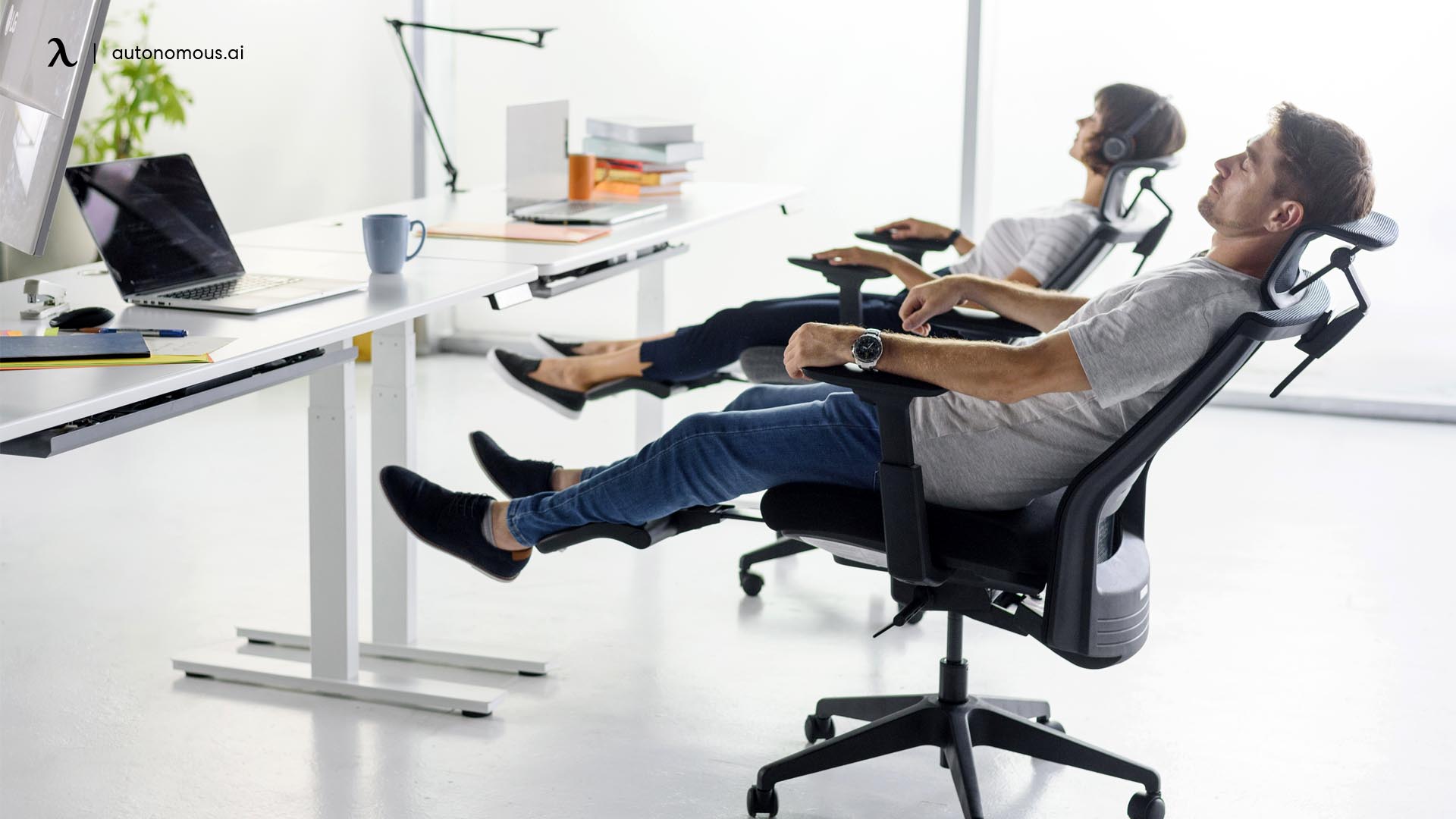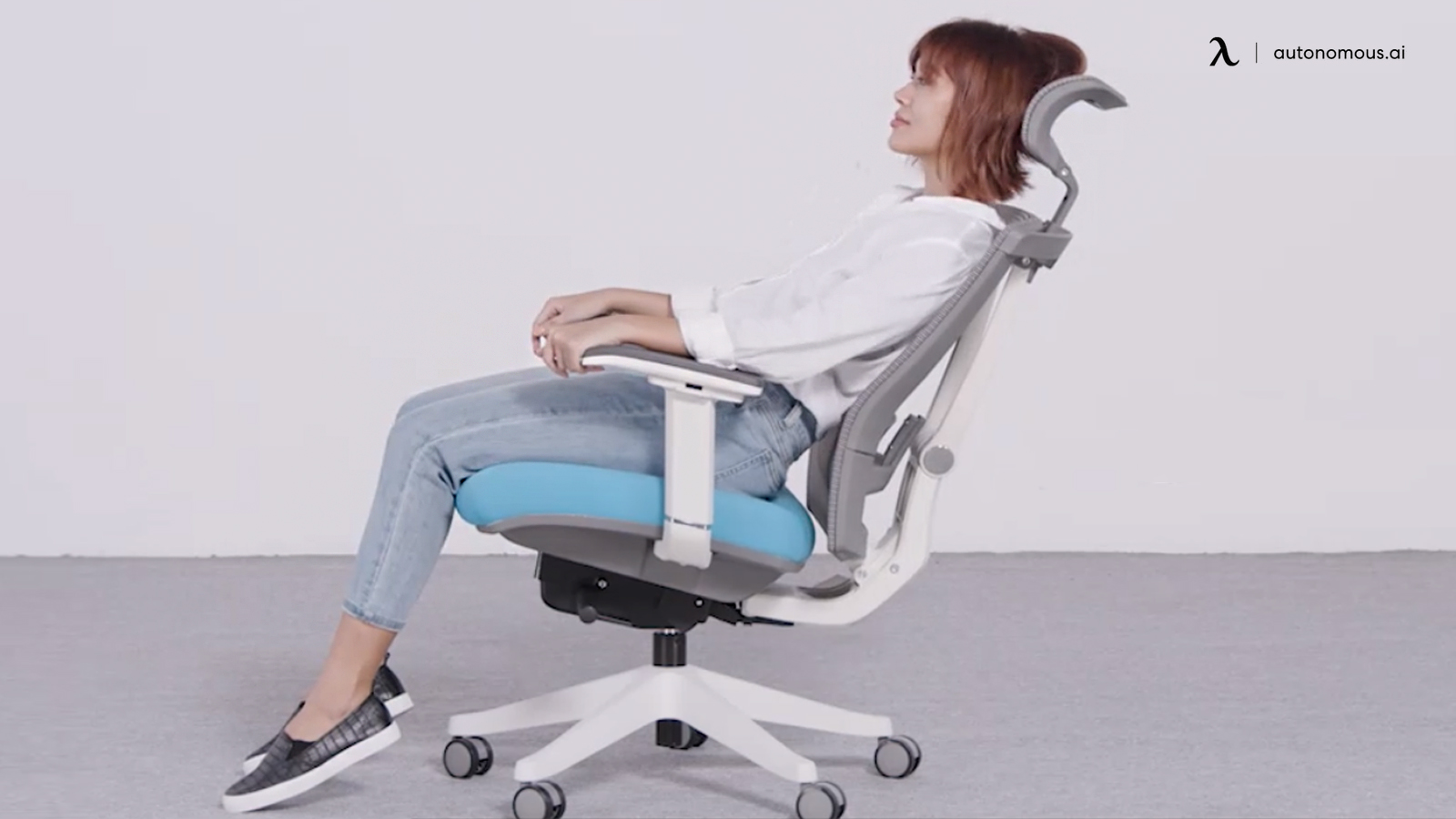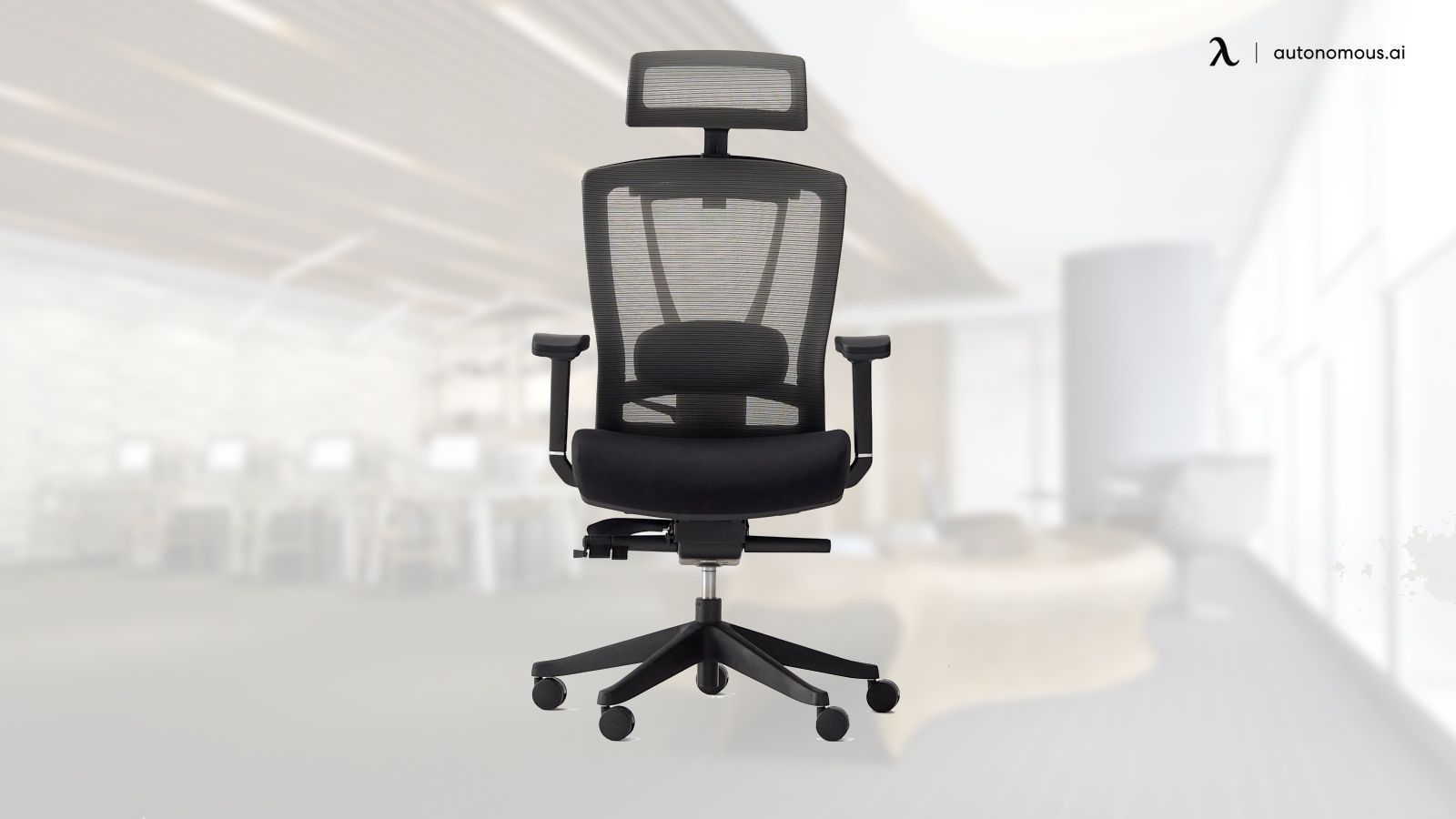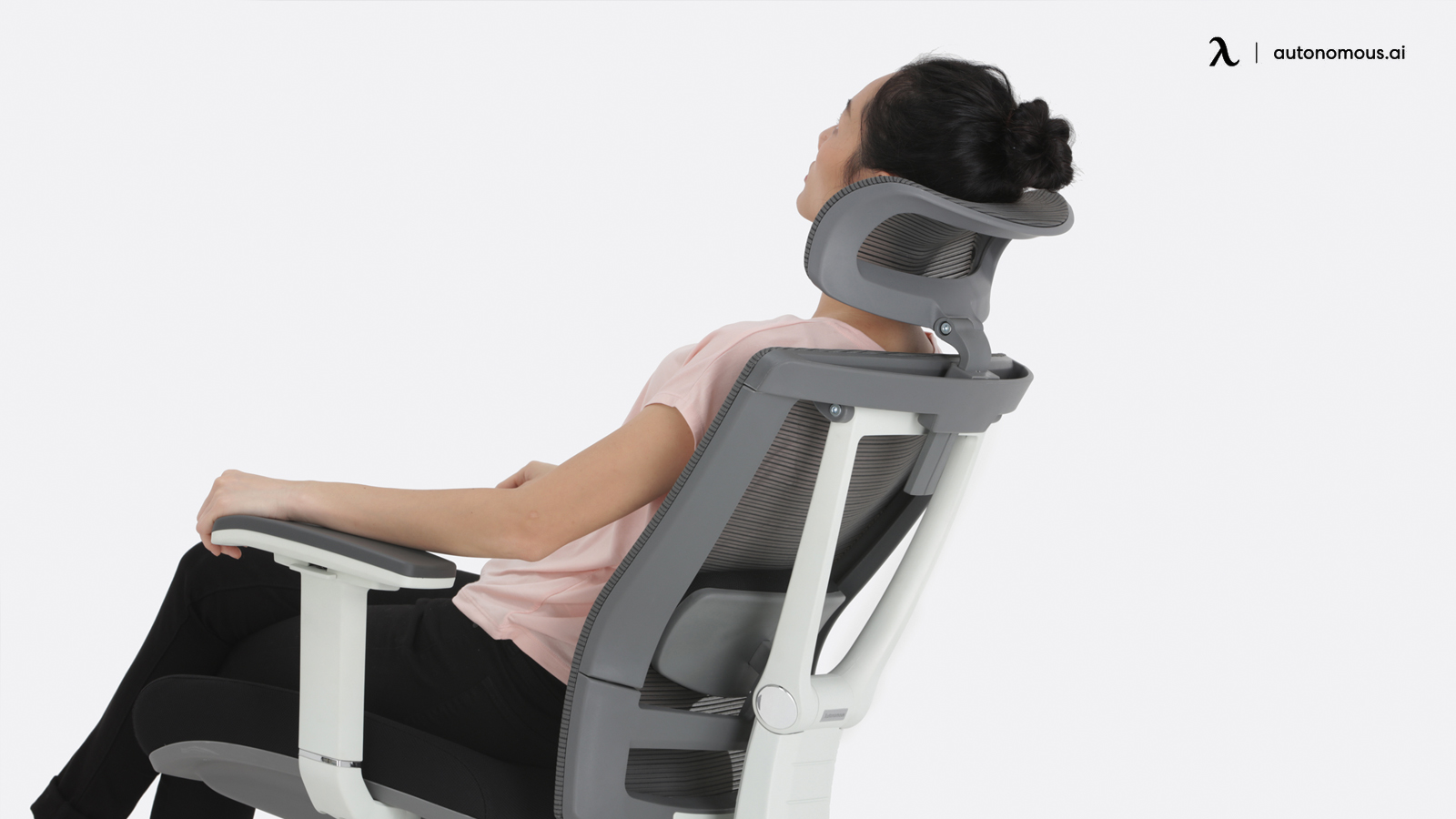
Is Sitting in a Reclined Position Safe for Your Back and Neck?
One of the most common forms of workplace injury and eventual disability is back pain. Back pain from an office environment typically stems from posture, and that posture is inhibited or facilitated by the chair you use. A good, well-designed chair can make or break your health – literally.
Much has been said about the proper ergonomic position for sitting in an office chair. An upright posture, with feet flat on the floor, your shoulders loose and relaxed, elbows even with keyboard and mouse surface, and the appropriate height for a screen to meet your eyes are all important parts of that posture.
What if, though, everything you knew was wrong? What if sitting upright wasn’t the best ergonomic posture for your work? It may be more likely than you think.
Advances in Ergonomic Research
Many studies have been conducted into the physics and body kinesthetics of sitting. With millions of people across the country and around the world spending hours upon hours sitting in the office, and often even more sitting at home, studying what happens to the body while you sit is an important branch of research.
Modern findings – from the last 15 or so years – indicate that simply maintaining a “proper” ergonomic posture isn’t enough. Studies using magnetic resonance imaging devices that can handle positional scans, as opposed to traditional machines that require the patient to lay flat on an exam table, are capable of studying the spine in situ while a volunteer holds a particular kind of posture.
One general format of study has a patient who holds three positions. The first is a hunched-over position we all know is bad; it strains the spine, puts pressure on the back and shoulders, and leads to all manner of pain. The second is the traditional upright position. The third is a reclined position.
Time after time, studies show that the best position for extended sitting is a reclined position.
Waseem Amir Bashir, and researcher and clinical fellow at the University of Alberta Hospital, says:
“A 135-degree body-thigh sitting posture was demonstrated to be the best biomechanical sitting position, as opposed to a 90-degree posture, which most people consider normal”
135 degrees reclined is halfway between the standard upright (or 90-degree) posture and lying flat on your back.
Requirements for Ergonomic Reclining
If you’re going to sit reclined, you need to obey the other biomechanical best practices of ergonomics to avoid potential pain and other issues.
- The first tip is one that is familiar to anyone who pays attention to ergonomics. Keep your feet flat on the ground. The traditional recommendation of a seat pan with a height roughly equal to your knees is still the best advice. You want it low enough that your feet can rest flat on the ground, but not so low that your knees rise above your waist. This elevated leg position can make it tempting to stretch out, which removes a lot of your postural benefits. Additionally, you should avoid using a footstool or leg rest unless instructed by a doctor, due to reasons such as a broken foot.

- Body position requires support. Reclining at a 135-degree angle is easy in some chairs, and impossible in others. You need a chair with an ideal amount of support, including a lumbar pad or pillow that can still support your lower back and the natural curvature of your spine when you’re reclining.
- Leaning back at this angle is better for you than just about any other situation short of standing. Gravity pulls you downward, so when you sit at a 90-degree angle, that gravity is pulling straight down along your spine. This can stress your spine and compress your vertebra. The reclined angle helps gently stretch out your back muscles without straining them, alleviates compression on the spine, and generally is more comfortable and relaxing than other angles.
There are two other positions you might be concerned about with reclined seating; your arms and your neck and head.
- For your arms, you have several options. You can use a keyboard tray that is around the level and position of your hips, potentially even using an accessory to hold it suspended across your lap. This allows you to reach and use the keyboard without needing to stretch to reach it. Stretching puts a strain on your shoulders and makes the reclined posture harder.
- The other option is to use a split device. There are ergonomic keyboards that split down the middle, and allow you to position each half where it’s comfortable to a given hand. Something like this is an example. This, combined with an ergonomic mouse or trackball, can make interfacing with your computer a lot more comfortable.
- As for your head and neck, you need some kind of headrest. The last thing you need is to strain your neck tilting your head to look at your screens. Use a headrest to keep your neck in line with your spine, which will cast your gaze upwards. Position your monitors in an easy line of sight, potentially even tilted downward so they’re easier to see.
- Finally, something we already mentioned but is worth mentioning again: your chair needs lumbar support. A lumbar pillow, a pad, an adjustable bulge; it doesn’t necessarily matter, so long as it’s adjustable enough to be positioned where comfortable and stiff enough to support your lower spine.
Tips for Successful Reclined Seating
Ergonomic reclining can be difficult in an office setting, especially if you have limited space. If you have a good chair that adjusts in a reclined position and can lock in place, you’re already most of the way there.
Adjust your lumbar support. Your lower back should feel supported and there should be no gap under the curvature of your spine. If necessary, pick up an ergonomic lumbar pillow for additional support. The ideal form is a chair that has a lumbar pad that adjusts dynamically when you lean backward, so it protrudes just enough in both positions to support your lower back without getting in the way.
Keep your feet flat on the floor. While reclining with a footstool or leg rest may seem compelling and comfortable, it ends up putting a lot of stress on your knees. It can put negative pressure on your knees to bend backward, which can lead to long-term damage. It can also lead to dangerous compression of the backs of your thighs and calves, though this is less often an issue.
Do not cross your legs. Again, keep your feet flat on the floor. Crossing your legs brings up a whole manner of biomechanical stresses on your body, most commonly centered around the pelvis and lower spine. Crossing your legs twists your hips so they’re no longer aligned with your shoulders. This puts twisting pressure on your spine. If you cross your legs with your knees spread, this can put additional stress on your hips. Both kinds of pressure can lead to pain everywhere from hip to back to neck strain if you sustain the posture long enough.
Adjust your headrest to support your head and neck. If you have to lift your head to see your screen or otherwise use your computer, you’re not in an appropriate position for reclining. Your headrest should support both your head and your neck, with more support under your head to avoid putting too much stress on your neck. Make sure to adjust your screen or screens so they’re easier to see when you’re reclined.

Adjust armrests for comfortable access to your interface devices. Whether you buy split devices, use a lap-centered table for your keyboard, or figure out another interface, you want to make using them as relaxing as possible. Your goal is to avoid having to stress your shoulders and neck with the position of your headrest. If you find yourself reaching for your keyboard and mouse too often, try to adjust where you keep them so they’re easier to use.
Let your chair lift you up to a sitting position when you need to move. Ideally, your chair should have a strong enough tension on the back that it can lift you up when you need to sit up. This generally means that the act of reclining will require more pressure than normal, and the chair may lock in place. Some chairs with dynamic tension will find an equilibrium at around 135 degrees of reclining, while others can lean back further and should be used carefully.
Letting your chair do most of the work is important because the act of sitting up tends to put a lot of stress on your knees. That’s right; your knees take the brunt of the stress of sitting up. The more you can rely on your chair to lift you up, the less you need to worry about your knees hurting over time.
Routinely perform stretches throughout the day. Periodically standing up and stretching is a good idea no matter what your general position is when you’re sitting. We recommend stretches for your back, shoulders, arms, and legs. There are dozens of different stretches you can do, so feel free to pick the ones that target muscle groups you have the most issues with.
Consider transitioning to standing throughout the day. Just because a reclined position is better than an upright sitting position doesn’t mean it’s the only position you can take throughout the day. Standing is better on the body than sitting, and moving is better than standing. If you can transition between sitting and standing every hour or two throughout the day, you’ll end up better off than you would be if you picked one or the other.
If you’re interested in standing, a standing desk is essential. You will also want to learn a comfortable standing posture, and you’ll probably want to pick up an anti-fatigue mat to stand on. You can also consider other accessories such as an adjustable monitor mount, a walking treadmill or miniature elliptical, a reverse tilt keyboard tray, and even a foam roller for better stretching.
Avoid overly padded chairs. If you think “reclining is good” is an excuse to buy the latest La-Z-Boy recliner to use as a work chair, keep in mind that the excess padding will do you no good. Too much padding hurts your posture, as it puts uneven pressure on different parts of your body. It may feel more comfortable, but when you get up, you’ll notice how much various parts of your body hurt. A chair with a simple but supportive mesh back, lumbar support, and a padded seat is good enough. Plus, a recliner is likely to have a built-in footrest, and that does you no good as a temptation.
Reclining for a Better Future
At the end of the day, the studies on this are difficult to ignore. The ideal seated position for your spine is a reclined position at 135 degrees of angle between your thighs and your torso. A 90-degree angle puts too much strain on your back in the form of compression and can lead to spinal issues later in life. Even less than 90 degrees will cause all manner of problems due to slouching. More than 90 degrees but less than 135 helps alleviate some of the compression issues, but not all of them. Over 135 degrees can be relaxing and comfortable but is more difficult to maintain while still being productive.

Movement is still the best option. Transitioning between a reclined, 135-degree angle and a standing posture, with stretches every hour, a transition every two hours, and even motion via a treadmill can all be very helpful. Just make sure not to push yourself.
Additionally, if you’re already experiencing back pain, neck pain, shoulder pain, or pain in other parts of your body that can be attributed to your posture, consider talking to a physical therapist. They can examine and correct your seated posture and help you with stretches and other assistance to help minimize that pain.
Stay connected with us!
Subscribe to our weekly updates to stay in the loop about our latest innovations and community news!
Interested in a Link Placement?
Spread the word
.svg)




/https://storage.googleapis.com/s3-autonomous-upgrade-3/production/ecm/230914/bulk-order-sep-2023-720x1200-CTA-min.jpg)

/https://storage.googleapis.com/s3-autonomous-upgrade-3/static/upload/images/new_post_author/admin-1.png)